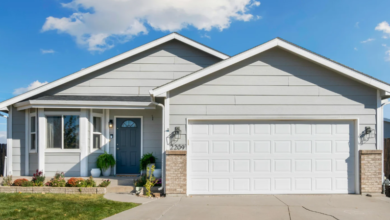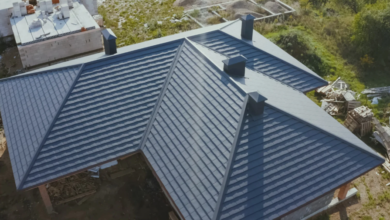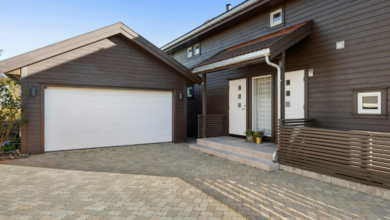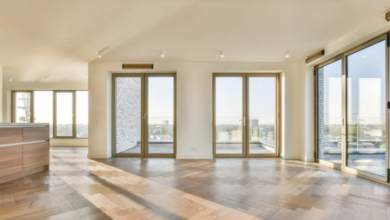What to Consider When Planning an Outdoor Living Space
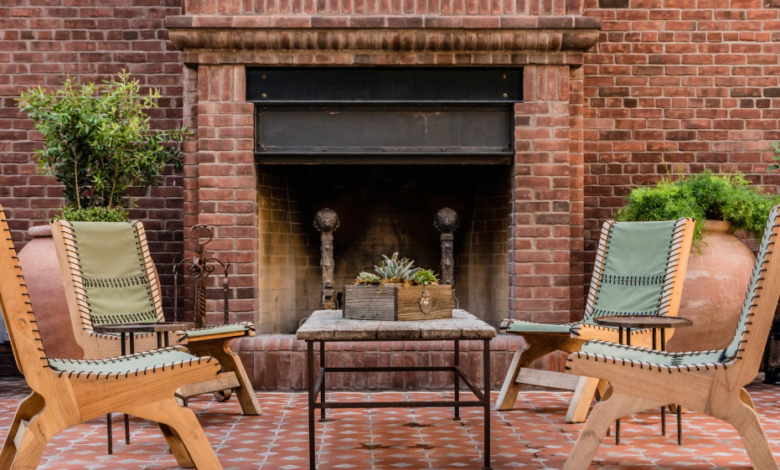
Creating a functional and stylish outdoor environment requires more than selecting furniture and planting flowers. An intentional design ensures the space serves your needs, complements your home, and withstands seasonal changes. Working with an experienced outdoor living space contractor in Chicago helps streamline the process, blending aesthetic vision with structural execution. Before starting construction, several critical factors should be evaluated to achieve a lasting and livable result.
Purpose and Usage Goals
The first step in outdoor planning is identifying how the space will be used. Will it be a place for weekend entertaining, quiet relaxation, outdoor dining, or year-round enjoyment? Clarifying these priorities influences layout, material selection, and functionality.
For example, a space designed for hosting might need built-in seating, weather-resistant lighting, and an outdoor kitchen, while a private garden retreat may benefit from integrated water features and shade structures. Understanding the intended use ensures that every design element supports your daily life.
Zones should be clearly defined to avoid overcrowding or underutilization. A well-planned outdoor living area includes smooth transitions between lounging, dining, and circulation spaces.
See also: What Is Geo Grid: A Guide to Soil Stabilization Technology
Site Conditions and Environmental Factors
Every property comes with its own set of challenges; sun exposure, slope, drainage, and wind patterns all impact the feasibility and comfort of outdoor features. Professional contractors conduct site assessments to determine the most suitable layout, orientation, and materials based on these variables.
For instance, placing a seating area in a wind corridor without adequate shielding can compromise usability. Meanwhile, underutilizing shaded areas in summer-prone climates could lead to overheating and discomfort.
In multi-level builds, structural integrity becomes especially important. When exploring concepts like expanding or adding levels to your existing deck, it’s essential to factor in load-bearing capabilities, access points, and the visual connection between tiers.
Material Selection and Maintenance
Choosing the right materials is critical for longevity and appearance. Natural stone, composite decking, high-grade metals, and moisture-resistant woods not only perform well outdoors but also require minimal upkeep when properly installed.
Color schemes and textures should reflect the home’s existing exterior palette while enhancing the ambiance of the space. Non-slip finishes, UV resistance, and durability are equally important when selecting flooring, furniture, and structural elements. Professional insight ensures materials are matched with usage demands; for example, selecting stain-resistant surfaces for outdoor kitchens or fire-retardant materials near heat sources.
Lighting, Privacy, and Climate Considerations
A truly livable outdoor space supports use during day and night, across seasons. Lighting design plays a pivotal role in safety, ambiance, and usability. Integrating layered lighting, from task to ambient and accent, creates a balanced nighttime environment.
Privacy also contributes to comfort. Strategic landscaping, fencing, or architectural screening can protect the space from adjacent properties or public view without compromising openness. These features should be customized based on how the space is oriented and how closely it sits to neighboring structures. Adding climate-control elements such as pergolas, heaters, fans, or retractable shades extends the usability of the space, ensuring it remains functional through varying weather conditions.
Flow, Access, and Connection to the Home
Outdoor living spaces should feel like a natural extension of the home, not an afterthought. This means aligning entry points, ensuring smooth foot traffic, and mirroring interior design elements. Materials, colors, and furniture selections should visually connect with interior rooms to maintain aesthetic consistency.
Professionals evaluate how guests and residents will interact with the space. Is there enough clearance for serving meals? Does the grill sit too close to high-traffic zones? Are utilities positioned for long-term maintenance access? Every square foot should contribute to comfort, usability, and flow; making the outdoor space not only functional but a genuine part of the home.
Conclusion
Planning an outdoor living space requires a strategic blend of purpose, structure, and design. By partnering with a skilled outdoor living space contractor, homeowners gain access to expert planning that addresses functionality, aesthetics, and long-term performance. With the right approach, the result is more than a backyard; it’s a personalized environment designed to enhance everyday life through style, comfort, and versatility.

